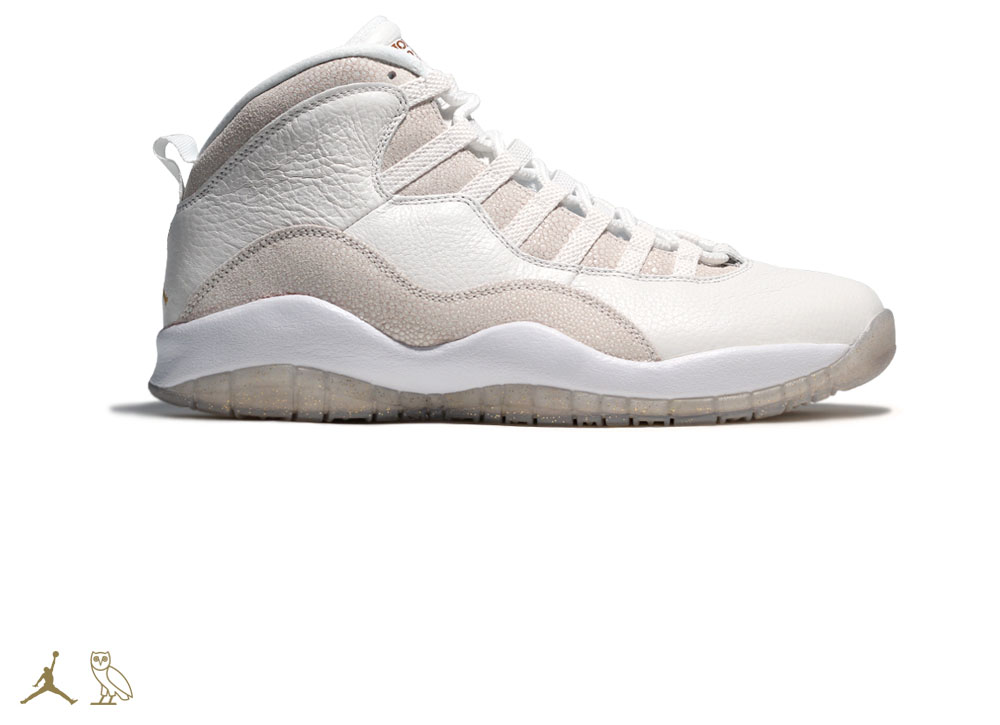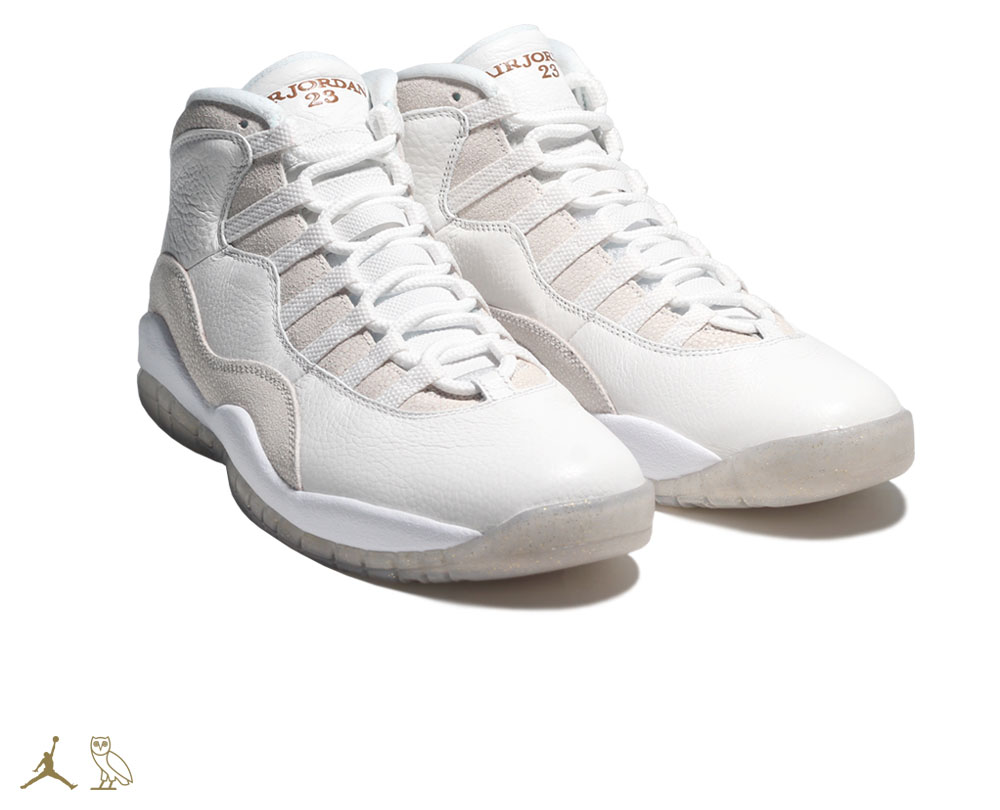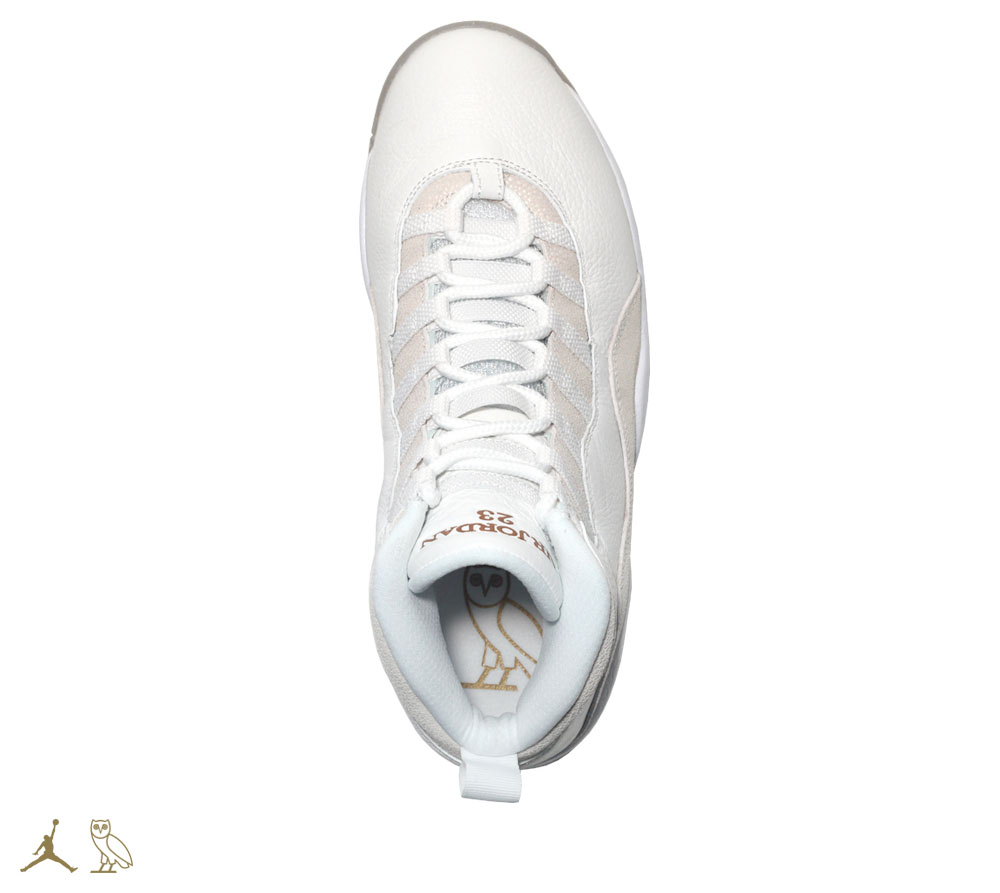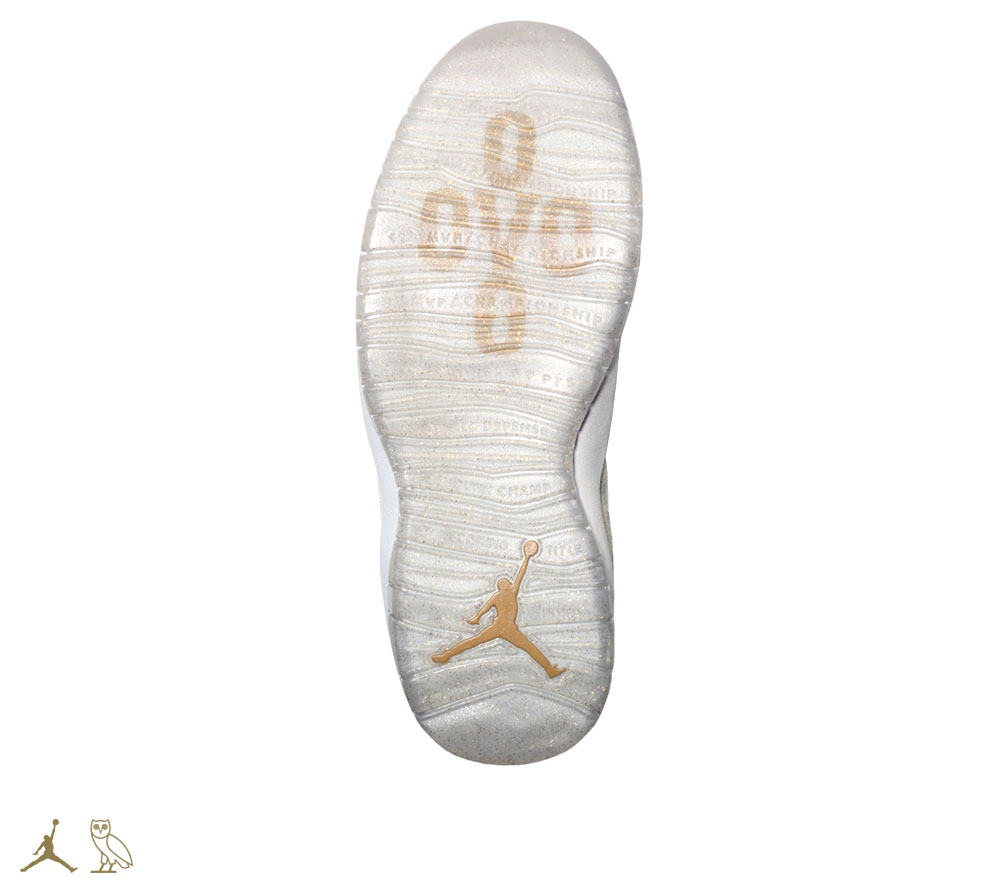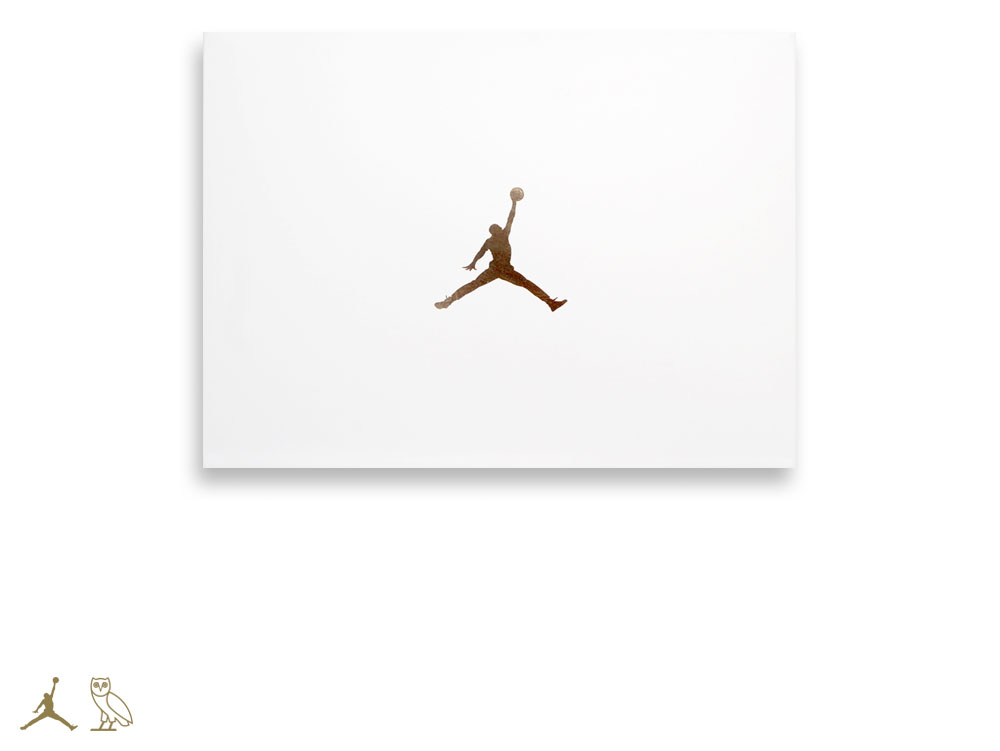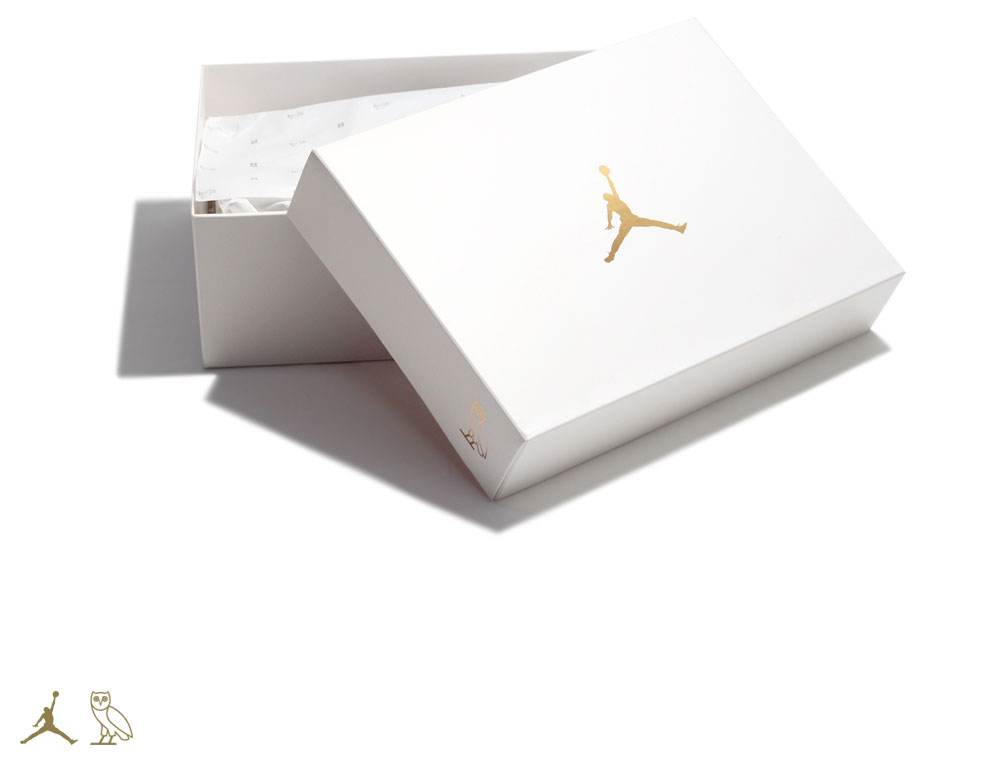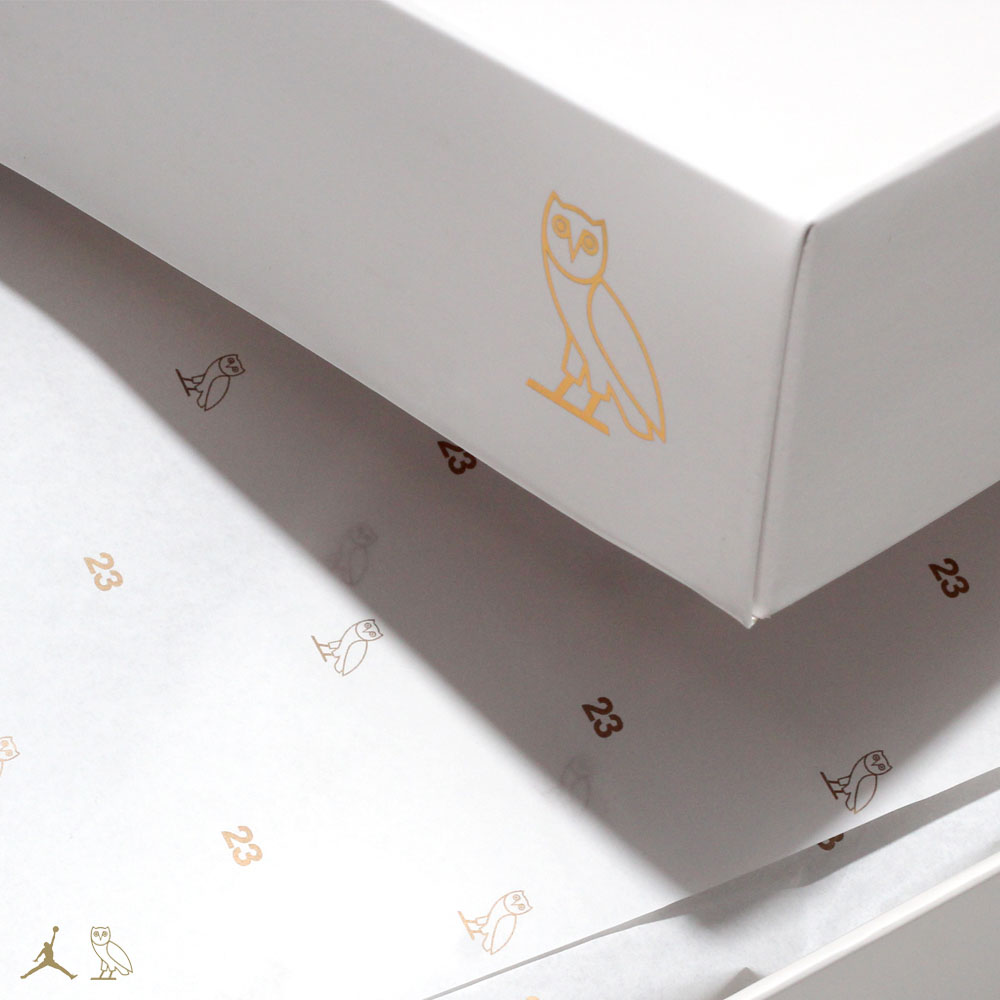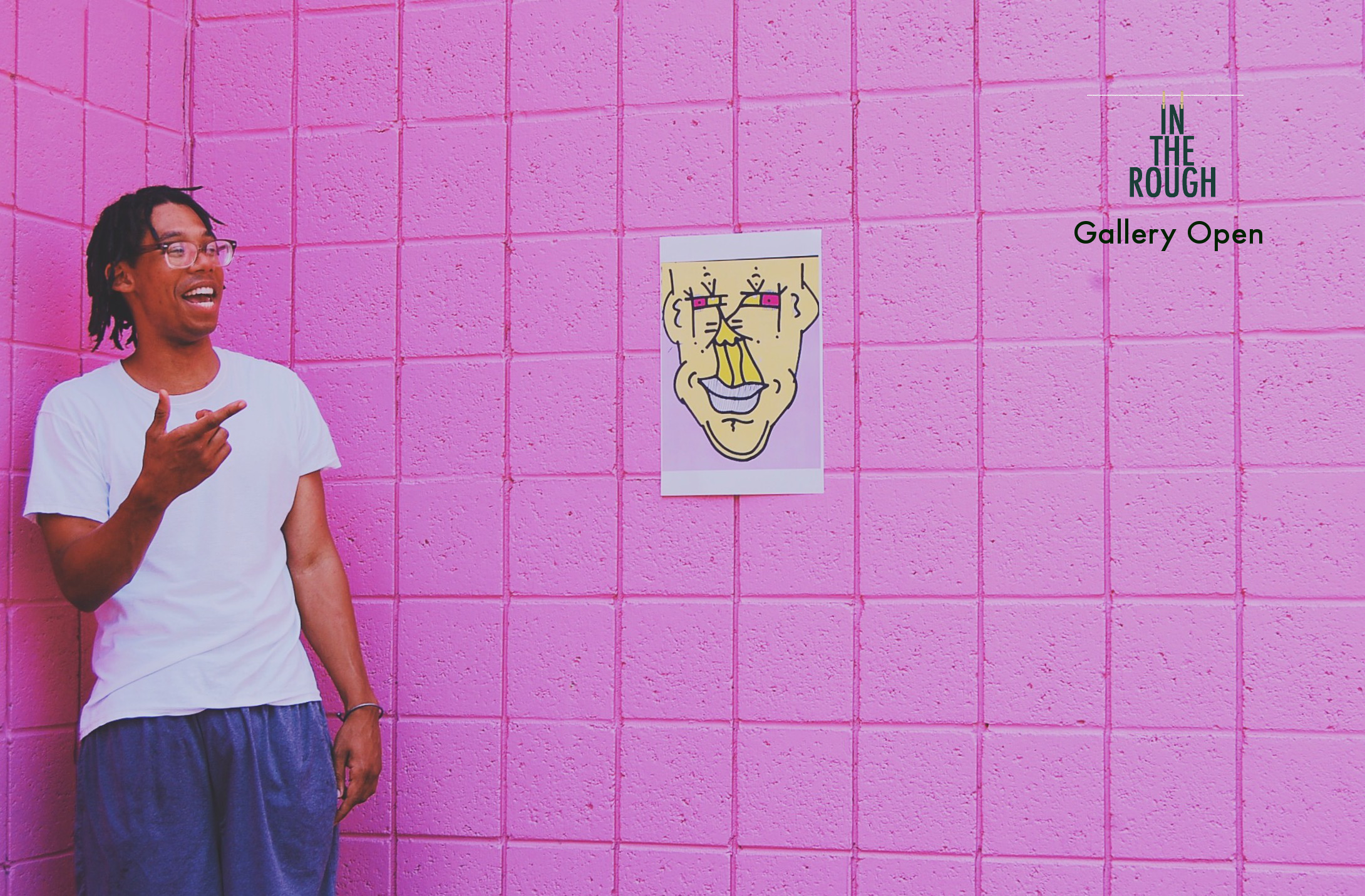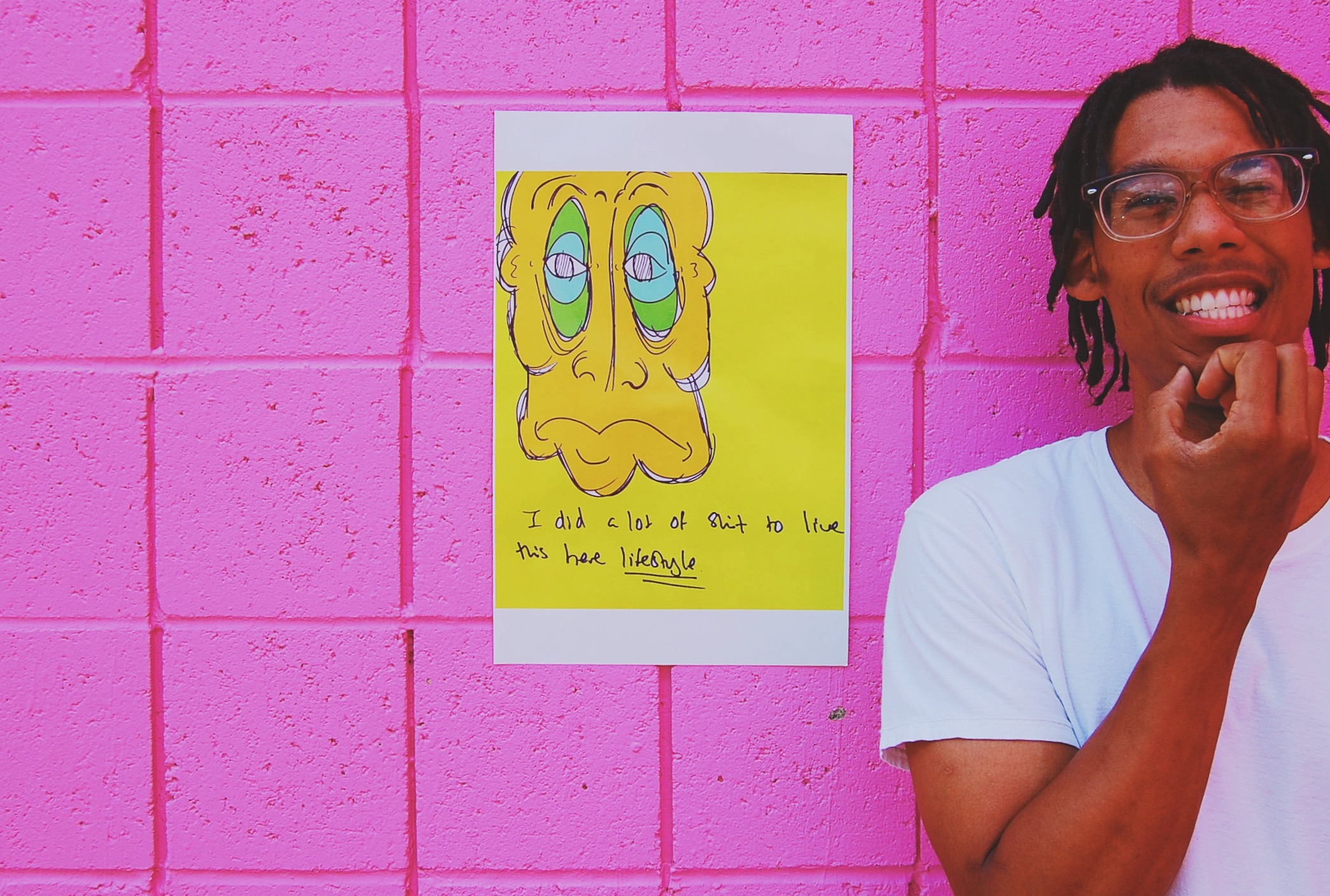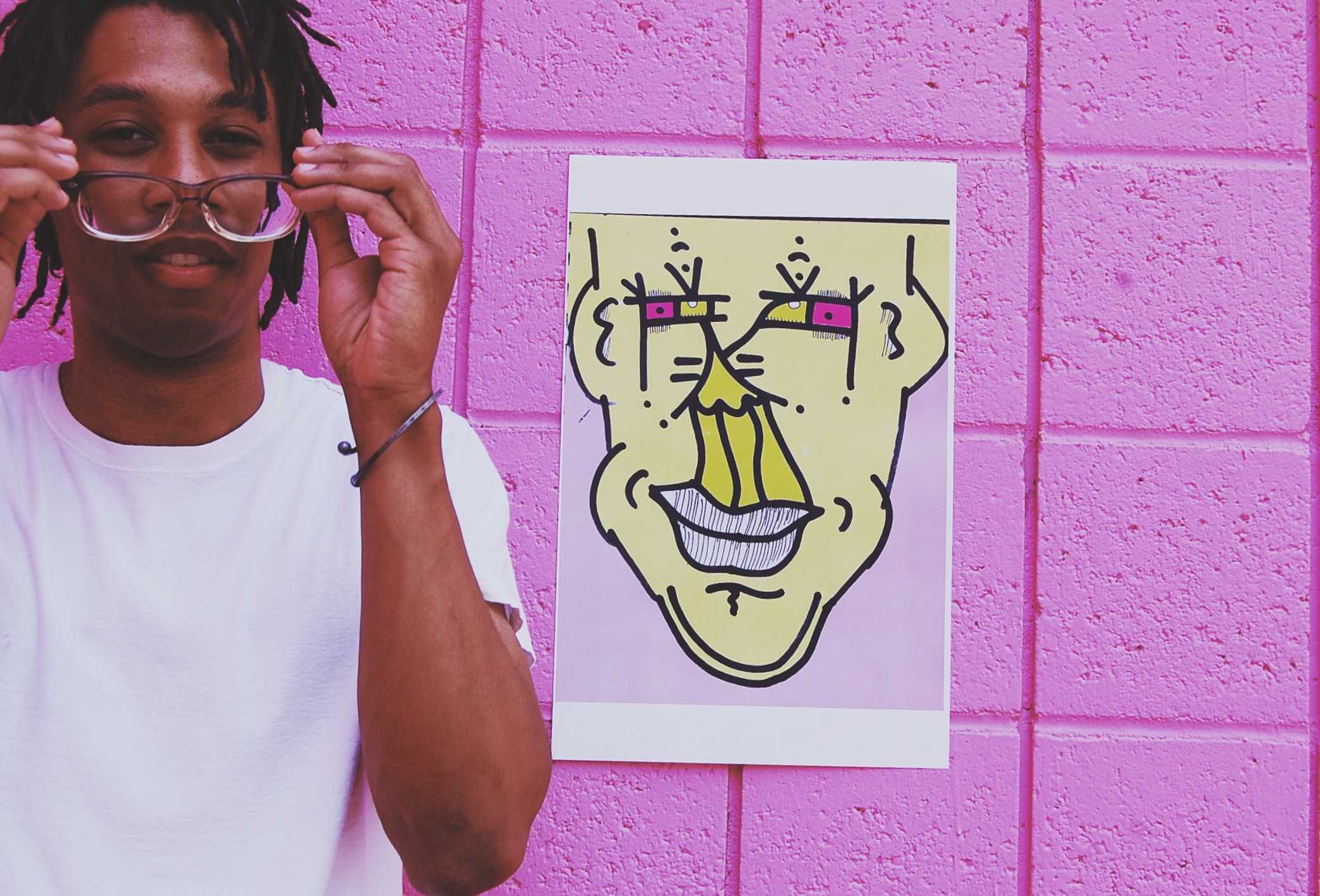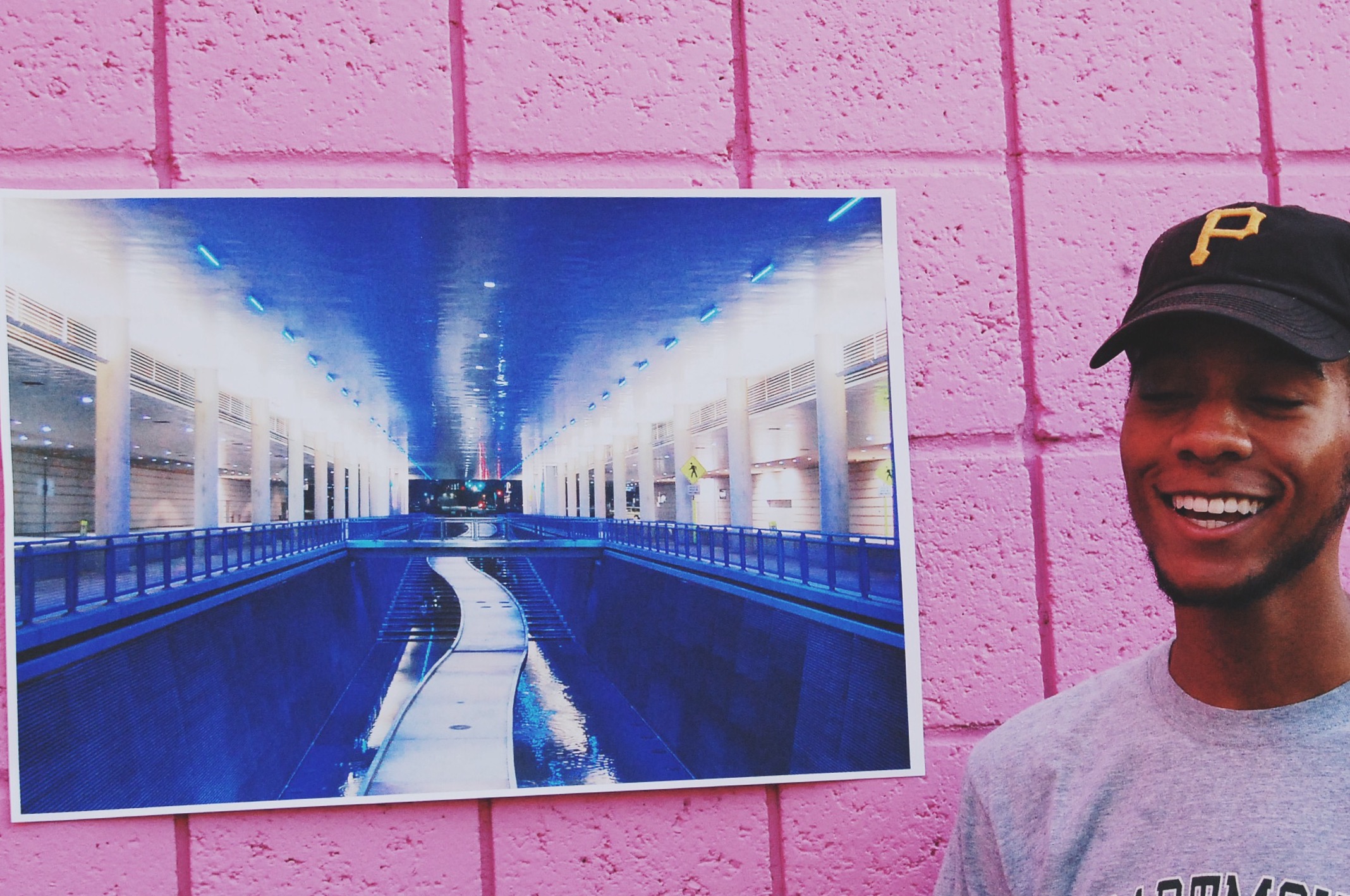For the last two weeks Drake's behavior resembles more of his boss, Michael Jordan; a statement complimenting and comparing Drake's winning spirit he exuded all throughout his beef with Meek Mill. Two years ago Drake aligned himself and OVO with greatness announcing a partnership with Jordan Brand. Quickly after the news fans learned they would be the ones to reap the rewards of the deal as 'OVO' Air Jordan 10 and 12 silhouettes surfaced on Drake's Instagram but never received a release date.
Roll forward to July 22, 2015, on this day to many Drake sits as the game's most popular rapper and most talented rapper. Meek Mill goes on a Twitter rant saying his recent success made relevant by his album Dreams Worth More Than Money should not be a surprise, he has "been had the culture" and it is no credit to his relationship with Nicki Minaj. He went on to Tweet, "Stop comparing drake to me too... He don't write his own raps! That's why he ain't tweet my album because we found out!" Drake is being challenged and rap's brash, primal, and proud culture means Drake must respond. Imagine how Michael Jordan felt after being challenged any point after winning back-to-back-to-back NBA championships, that is the type of frustration and determination that leads to the Flu Game and 6 rings when it is all said and done.
Drake's counterattack came swiftly, strategically dropping two diss tracks "Charged Up" and "Back To Back Freestyle" right before hip hop's epicenter shifted to Drake's home court-- Toronto, for OVO Fest this past weekend. OVO and all its fans relished in their icon's victory, taunting the loser with "Free Meek Mill" t-shirts and memes on screen while Drake performed. OVO Fest served as Drake's trophy ceremony, the man delivered on a world stage-- a true championship moment that made wearing the Air Jordan 10 'OVO' only appropriate, especially with the sneaker's public release date officially announced.
On September 12, 2015 the 'OVO' 10 will launch globally to select Jordan retailers. The sneaker boasts a tonal white colorway built with premium leathers and gold accents branding both parties. When Drake signed to Jordan Brand in 2013 it is unknown if the plan was to hold the shoes for a special moment, but thanks to Drake's dismantling of Meek Mill now is the perfect and only time. Watch the golden owl become timeless.

